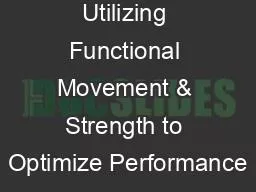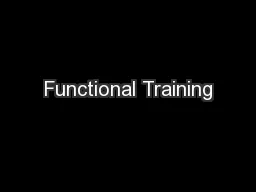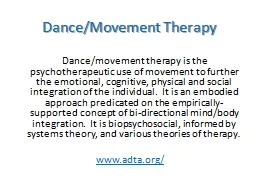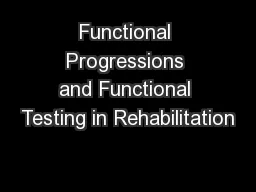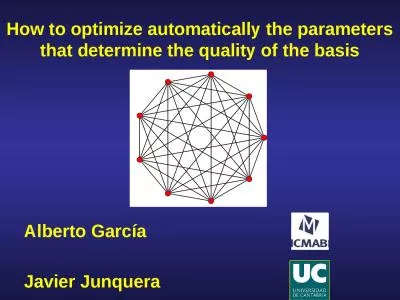PPT-Utilizing Functional Movement & Strength to Optimize Performance
Author : vestibulephilips | Published Date : 2020-08-06
About Me The Journey Jamie Limon Denver North 2001 Niwot Present NIWOT RETROFIT REAL TRAINING Bruce Lee Absorb what is useful reject what is useless add what
Presentation Embed Code
Download Presentation
Download Presentation The PPT/PDF document "Utilizing Functional Movement & Stre..." is the property of its rightful owner. Permission is granted to download and print the materials on this website for personal, non-commercial use only, and to display it on your personal computer provided you do not modify the materials and that you retain all copyright notices contained in the materials. By downloading content from our website, you accept the terms of this agreement.
Utilizing Functional Movement & Strength to Optimize Performance: Transcript
Download Rules Of Document
"Utilizing Functional Movement & Strength to Optimize Performance"The content belongs to its owner. You may download and print it for personal use, without modification, and keep all copyright notices. By downloading, you agree to these terms.
Related Documents

